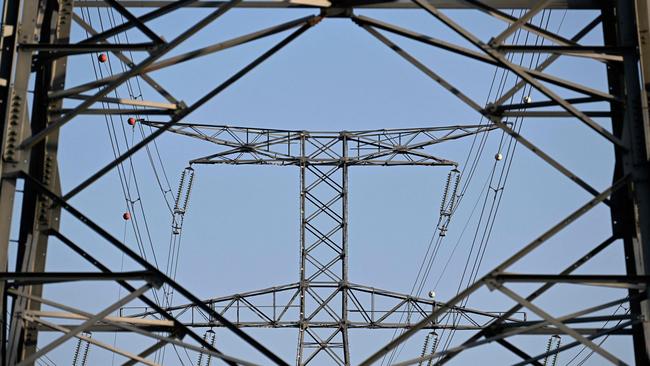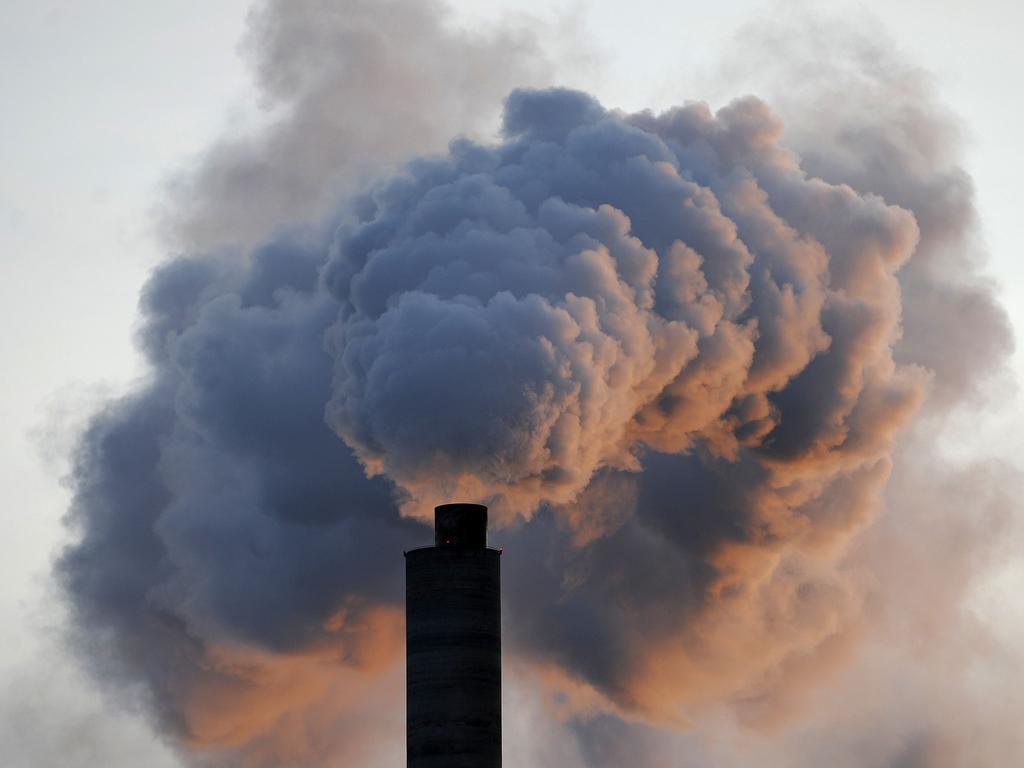Business will wait another year for power price relief
Business will have to wait another year before receiving any power price relief, but the best way to reduce energy bills is to cut back on fossil fuels.

Business
Don't miss out on the headlines from Business. Followed categories will be added to My News.
While Australian households will see the benefits of the federal government’s decision to cap energy prices in their winter power bills, most businesses will be waiting until 2024 before receiving price relief.
It is not because the market intervention is ineffective – it is already cushioning globally driven rising prices – but due to the complex, long-term workings of our energy markets.
Although the intervention has had an immediate impact on forward gas and electricity prices, most major businesses have already locked in their 2023 power contracts and will be paying higher prices for at least another year.
The eventual impact will be significant – some power prices have more than halved in 2024 forward markets (where companies can lock in energy prices in advance) – but it remains a short-term fix.
If the government is serious about protecting the Australian economy from increasingly erratic global energy price fluctuations it should accelerate the transition to renewables and address substantial inefficiencies in energy use.
With the new legislation, we’ve already seen massive falls in forward energy prices, with costs per megawatt hour in NSW, Queensland and Victoria falling from $200, $185, and $145 in October to $125, $100, and $75.
Large energy users can now contract power for 2024 at much lower prices than they would otherwise have paid – but the government would have needed to move much sooner to significantly impact 2023 energy costs, because those deals have already been done.
We are actually talking about most manufacturers, retail chains, and food and beverage makers; whereas small business are treated a bit more like households in their power purchases and are protected by the government’s default offer.
Large companies tend to manage their energy risks through annual or multi-year contracts suited to their energy needs.
Very few buy electricity at current “spot”, rather than forward, energy prices and thus cannot take advantage of the price falls over the past weeks. Those that do have exposure to spot prices will indeed gain benefit from the government’s cap on coal and gas prices.
However, the number of companies with spot exposure is quite limited. At Schneider Electric we advise many leading companies on electricity purchases and consumption; a very small number of advanced customers actively manage their consumption and have spot price exposure.
For businesses seeking immediate power price relief, a “blend and extend” is worth investigating with their adviser and electricity retailer, offering to extend their contract with their current retailer into 2024 with a reduced 2023 price, but paying a bit above the current 2024 prices.
Households can look forward to price benefits in June and July when the default market mechanisms reset prices, possibly bringing the retail household price down – and in the meantime, $1.5bn has been allocated to reduce bills for vulnerable households.
The maximum price retailers can charge households is the default market offer, and that gets set in June based on an average of (spot) prices over a specified period. Those prices should be lower because of the capped price in the spot market – which is what has pushed down the price of forward contracts.
It’s difficult to forecast the exact impact on household prices: we can’t say with certainty where the price will sit over that time, or what period the government will apply.
What we do know is that prices skyrocketed with the conflict in Ukraine. Prices next year would be higher without the government’s cap; now they might not rise, or not rise by as much.
The government’s intervention placed 12-month price caps on gas and coal, along with bill subsidies for poorer Australians and small business to take the “sting” out of power price hikes, claiming household bills will increase by $230 a year less as a result.
As a policy the intervention is effective.
These are difficult policies to make because the energy market is complex, but it is creating an opportunity for the businesses that keep our economy going to benefit from price caps, even if it won’t affect costs immediately.
But for a real, long-term impact we must go further.
We can’t control what will happen in the global energy market, what we can control is reducing our own domestic demand for fossil fuels, that means electrifying processes that can be electrified and introducing energy-efficiency measures, among other actions.
Australia needs to continue to ratchet up minimum standards for energy efficiency across industry, construction and households, and they should be revisited and strengthened through time.
A pool of funds to drive electrification and providing the education and upskilling required to transform our labour market to support our energy transition is a must.
The best defence against the rising prices of fossil fuels is to reduce our dependence on them.
Lisa Zembrodt is principal and senior director of Schneider Electric’s sustainability business across the Pacific region.
Originally published as Business will wait another year for power price relief




